City gods were the pride of the ancient municipalities they were destined to watch over. As civilizations throughout the ancient world flourished, from the Mediterranean to the Fertile Crescent, cities both grand and humble were founded. With these cities came the all-powerful gods that guided them.
After all, during times of uncertainty, it would be no surprise that these bustling centers of civilization found themselves turning to a higher power for guidance.
Generally, the way these special gods functioned is that they would be selected by the populace – or a leading official – to be the patron god of the city. In times of strife, citizens would look to their specific city god for both direction and protection. It is because of this that a city god would often embody certain aspects or traits that would have been valued in that society, other than them having the protective capability.
Table of Contents
8 City Gods and City God Cults from Around the World

Cities from cultures all around the world have a long history of adopting deities to be their patrons. From Greece to China, as well as Phoenicia, Egypt, and Mesopotamia, city god cults can be found all over the world.
City Gods of Ancient Greece
Polytheistic worship of a pantheon of Olympian gods and goddesses was the modus operandi of those living throughout the ancient Greek world. Most of the time, Grecian city-states (polis) opted to have a singular patron god — or occasionally multiple at the same time— that would often relate to a myth surrounding the founding of the city.
Apollo: The God of Delphi and Miletus
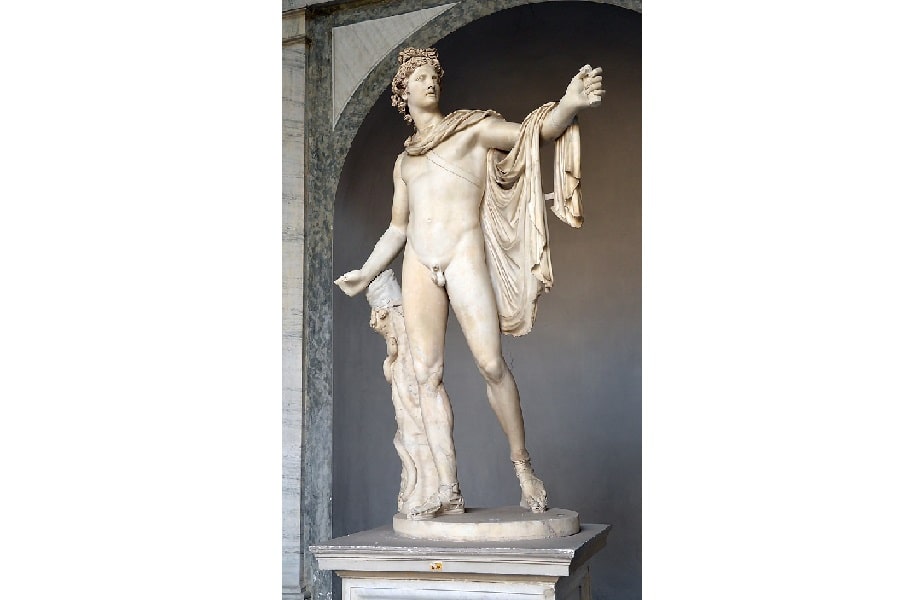
As the god of archery, music, poetry, prophecy, and also the Greek god of the sun, Apollo was a comparatively popular god amongst the common folk. As a result, he was frequently named the patron god of many Greek city-states as a result.
Accounting for some of these cities, there are two notable locations where Apollo was the patron city god: the once-believed center of the Earth, Delphi, and the Meander River-based town of Miletus.
In the former, Apollo’s connection to prophecy is clear. Being the home of the coveted Oracle of Delphi, the city was famous. Pythia — the first in a long line of Delphic oracles and a high priestess at the Temple of Apollo — claimed that the God of Light and Truth would speak through her. In this manner, the Oracle would give a select few insights into the future and advice on resolving a present conflict.
Meanwhile, in Miletus, Apollo reigned from the sanctuary of Didyma. Although research is still being conducted, a temple of Artemis had been unearthed as recently as 2013, and inscriptions indicate popular worship of Hecate, a cousin of the divine twins and the goddess of magic. Miletus itself shares a name with its mythical founder, Miletus, the son of Apollo and the nymph Areia.
READ MORE: Apollo Family Tree: The Lineage of the Greek God of Light
As the story goes, Areia laid her newborn in a collection of greenbriar (also known as smilax), and upon coming across the child, Areia’s father, Cleochus, named him after the plant.
READ MORE: Apollo: The Greek God of Music and the Sun
Hera: The goddess of Argos
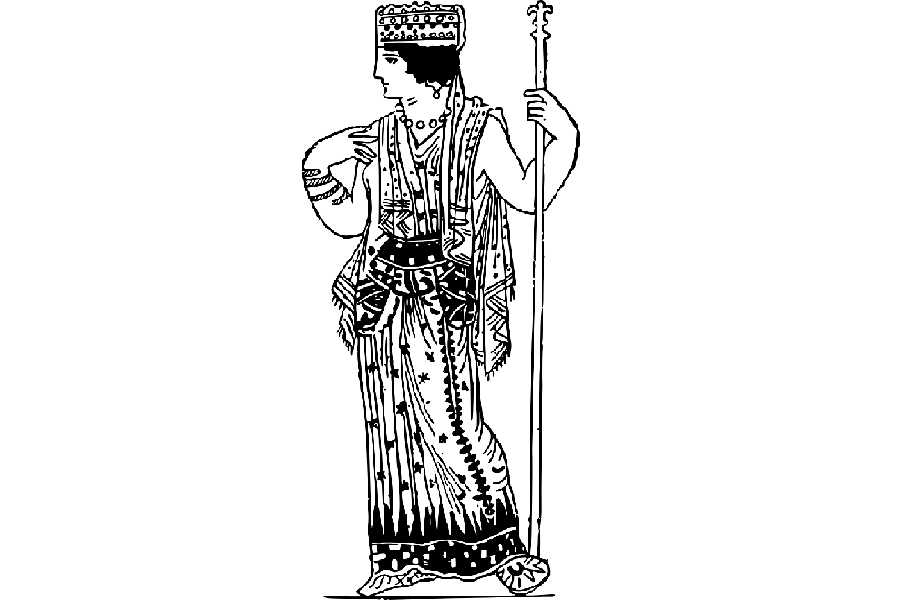
Of all the Greek gods and goddesses, Hera is noted to be a formidable foe. Time and time again, she proves herself to be a very jealous partner, going to great lengths to kill Zeus’ illegitimate children and torment the women with whom he had affairs.
READ MORE: The Greek God Family Tree: A Complete Family Tree of All Greek Deities
Saying that her temper can be excused as being her fierce attempt to guard the sanctity of her marriage. She is the goddess of marriage, after all, and unfortunately for her, she was tricked into a miserable one.
In the ancient city of Argos, Hera was revered for her qualities as a guardian of childbirth. Moreover, if the myths surrounding her are to be believed, it would make sense to have a goddess as dedicated to her role as Hera to be the one to shield the progeny of Argos. Her city god cult primarily worshiped her in the Heraion of Argos, which was discovered in 1831.
Now, Argos may sound familiar to those who are knowledgeable about the heroic epics The Iliad and The Odyssey. The two Homeric poems revolve around the events that lead up to and immediately following the bloody Trojan War.
Although the events of the Trojan War are debated amongst historians, with many doubting it even happened, Argos certainly does exist.
Once a formative opponent against ancient Sparta for dominance over the Peloponnese region in Southern Greece, Argos failed to act during the Greco-Persian Wars (499-449 BC), which included the famed Battle of Thermopylae, and soon fell out of favor with other city-states as a result.
It remains in the same place today as it did over 7,000 years ago, permitting it the claim as one of the most continuously inhabited places ever.
READ MORE: Hera: Greek Goddess of Marriage, Women, and Childbirth
Athena: The goddess of Athens
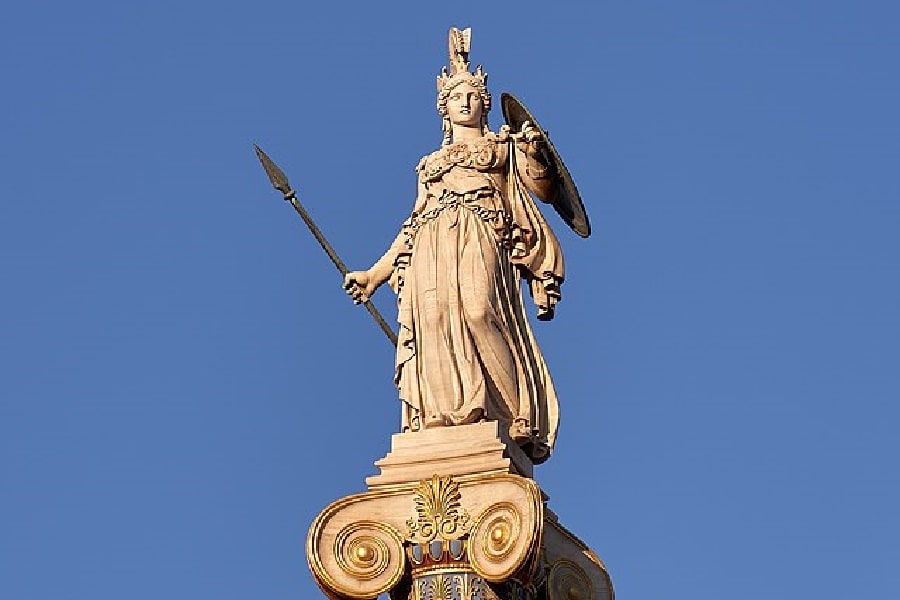
As for this next city god, almost everyone can agree: Athena is a tough cookie. As a tactful goddess, Athena is known to be well-versed in warfare and handicrafts such as weaving.
When it came down to the founding story of Athens, it is said that Athena competed actively with Poseidon, the Greek god of water and the sea, over which of the two would be the patron of the city. As the myth goes, they both granted gifts to the first Athenian king Cecrops, and whoever provided the better gift would become the city’s god.
Considering the city’s name, you can probably imagine who won that competition.
Whereas Poseidon granted the early Athenians access to the sea and free trade, Athena gave the people a domesticated olive tree which provided them with fertile land and symbolic peace. As various temples were erected throughout Athens, they ultimately transformed the Acropolis of Athens — a former Mycenaean fortress — into a permanent place of worship and reverence to Athena.
READ MORE: Athena: Goddess of War and the Home
Cheng Huang Shen: The City Wall and Moat God of Chinese Society
This next city god is based primarily in Chinese religion and Chinese society as a tutelary god or, in this sense, a god that is the guardian of a particular place. In the very beginning, worship practices revolved around honoring a vague trench deity, since trenches were the main line of defense prior to the construction of walls. The conception of Cheng Huang Shen can be traced back to the adulation of this divine being.
The expansion of cities and defense walls throughout ancient China led to the focus shifting to a more regionally unique god. It would not be until around the 6th century CE that the name Cheng Huang was officially mentioned in Chinese literature. Cheng Huang Shen (Chinese God of the City Wall and Moat) would remain a guardian city god throughout the entirety of China, although the identity of this divine protector would oftentimes change depending on the exact location within the country.
Frequently in practice, a local government official would be deified as the city’s Cheng Huang Shen following their death. Though, not just any governmental figure was chosen for godhood. What would tend to be the case is that the elected official would have served their city with prestige: This would ensure the gods’ filiality and hegemony in the town.
As for worship, this Chinese cult didn’t really kick off until late imperial China (1368-1911 CE). In 1382, Cheng Huang became incorporated into the official religion, and so citizens were directed to make offerings and sacrifices to their respective temples. In the Qing Dynasty (1644-1912 CE) journal regarding religious rites, Da Qing Tongli, sacrifices made in the name of Cheng Huang are described as “auspicious rites.” Otherwise, when practiced as a popular religion, the worship of this protective deity was far more flexible.
READ MORE: A Full Timeline of Chinese Dynasties in Order
Observed in Angela Zito Modern China, there is a great deal of care between the magistrates at the helm of a specific locale and their respective city god. For those looking to garner a more in-depth look at the functionality of patron gods in both late imperial China and modern China, the journal is currently published online by Sage Publications.
The City God’s Birthday: Celebrating Cheng Huang Shen
One of the largest celebrations focused on the Cheng Huang Shen is the celebration of their birthday. The annual event is celebrated with great amounts of pomp and splendor. For example, the birthday of the Cheng Huang of the Taiwan Fu Chenghuang Temple falls on the 11th day of the 5th month on the lunar calendar and is celebrated with a massive procession, theater performances, and fireworks.
Ba’alat Gebal: The Phoenician Goddess of Byblos
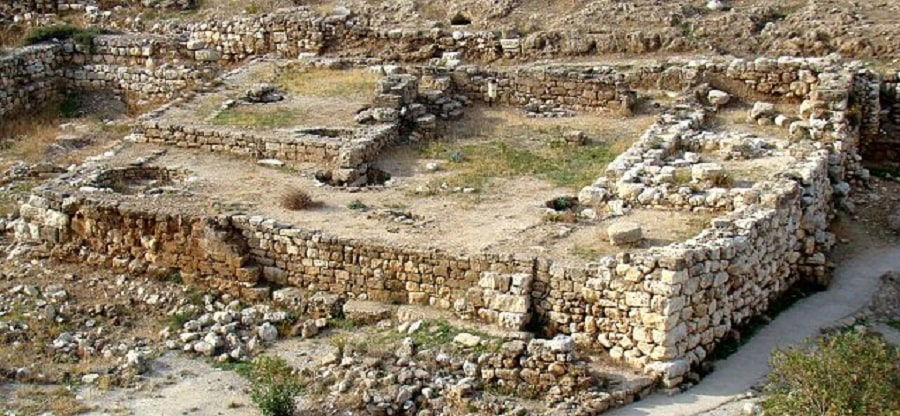
Continuing on, this “Lady of Byblos” has sprawling Bronze Age (3300-1200 BCE) temples dedicated to her throughout Byblos, Lebanon. Although she is depicted as a guardian of the town, not much is known of her otherwise.
In some writings, there appears to be a link between Ba’alat and the Egyptian goddess Hathor, while the Greeks relate Ba’alat to the ancient goddess Astarte. Based on these apparent relations, Ba’alat could have had a domain over fertility and sexuality.
In fact, there is speculation that Ba’alat’s similarity to Hathor is more than coincidental. It can be believed that Ba’alat as Byblos’ patron deity acts as a significant link to prosperous commercial relations with Egypt at the time. Much of the evidence for this relies on Ba’alat Gebal’s physical appearance and temple décor, as both show heavy Old Kingdom style influences.
City Gods of Ancient Egypt: Ptah and Banebdjedet
Ptah: The God of Memphis
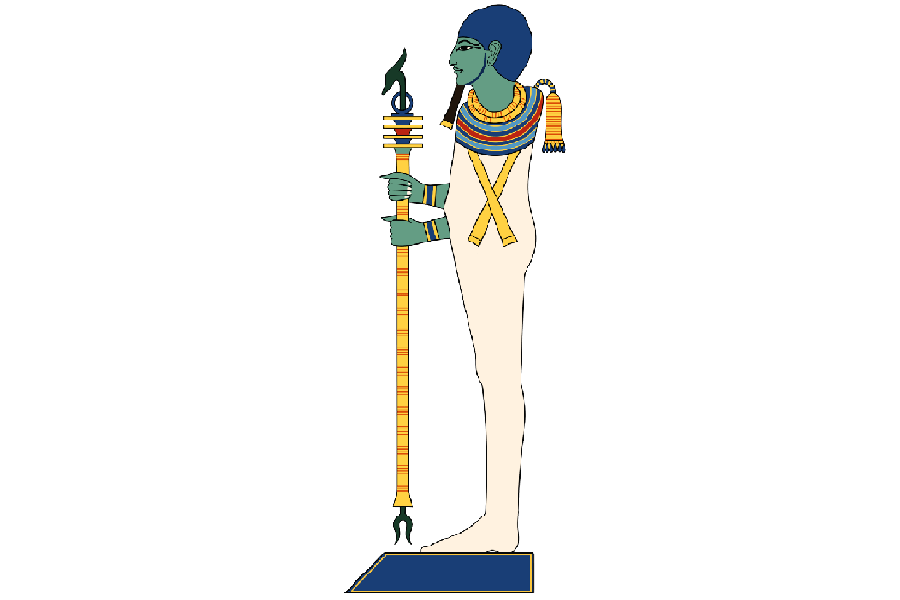
Speaking of Egypt, let’s delve into two city god cults that flourished throughout ancient Africa. Notably in Memphis — the former capital of Lower Egypt and a lively religious cult city — Ptah was the honorary city god and one of the more important Egyptian gods.
READ MORE: Egyptian Gods Family Tree: Discover Ancient Egyptian Gods and Goddesses
By nature, a patron of craftsmen, Ptah is also a key creator god in Egyptian mythology. With the location of Memphis being at the start of the Nile River Valley along with its long-standing history as a commercial hub, it seems only fitting that Ptah, a literal life-giving god, would be the favored choice of divine guidance.
At his cult temple in Memphis, Hut-ka-Ptah, Ptah was identified as the husband of the cat god Sekhmet, and given the epithet “Who Listens to Prayers.”
Banebdjedet: The god of Djedet
In the city of Djedet (known as Mendes in Greek) lying in the eastern Nile delta, there was actually a triad of patron deities. The trio included Banebdjedet, his wife Hatmehit, and their son Har-pa-khered. In fact, with the town being situated at the edge of the Nile, it was likely that Hatmehit was the original patron god before her marriage to Banebdjedet. Also, this fish goddess’s name indicates a relation to flood waters, and by being the goddess of pleasant scents she has ties to Djedet’s famous perfume industry.
READ MORE: Who Invented Water? History of the Water Molecule
Whereas Hatmehit is believed to be involved with the overall lifestyle of Mendesians, the ram-god Banebdjedet is associated with being the ba of Osiris, the god of agriculture and the afterlife. In ancient Egypt, the ba was a mobile spirit of an individual that exists after death; the ba would retain the deceased’s personality and memories and would be the aspect of the person to journey through the Gates of Judgment to get their heart weighed.
Eventually, the identity of Banebdjedet evolved enough over the course of history that he became known as a descendant of Ra, Egypt’s chief deity, following the unification of Ra and Atum. Coincidentally, Banebdjedet was given the epithet “Lord of Life”.
Meanwhile, the son of Hatmehit and Banebdjedet was the god of silence and secrets. Comparatively, Har-pa-khered is viewed to be the embodiment of hope, according to Plutarch (a priest at the Temple of Apollo at Delphi).
The City God of Babylon in Ancient Mesopotamia
Marduk: The god of Babylonia
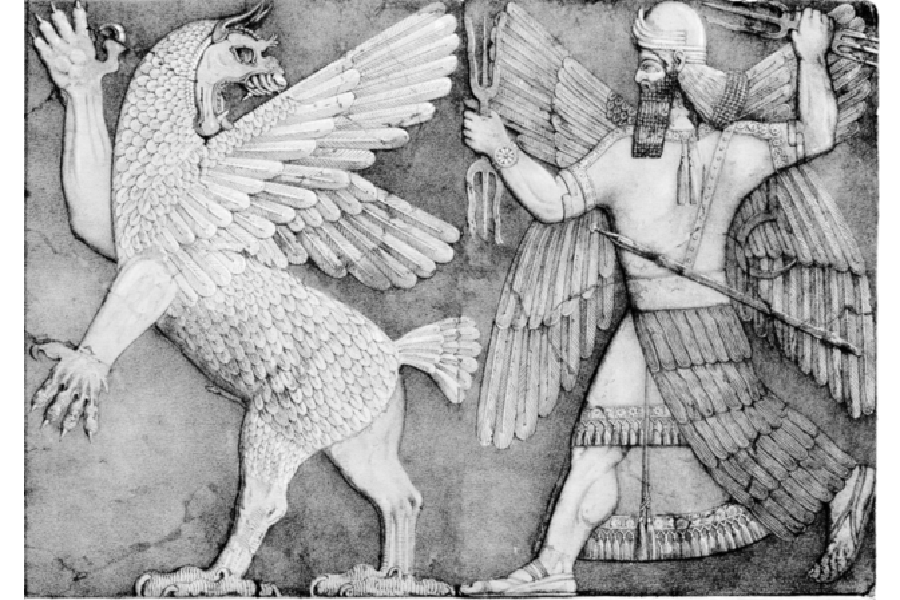
Taking into account the myths surrounding Marduk, this god means business. Although an agricultural storm deity in his early years, Marduk would eventually conquer the evil monster Tiamat and earn the title of “Lord of the God of Heaven and Earth.”
Through this righteous act, Marduk rose through the ranks and became the chief god of the Babylonian Empire and the patron of the capital city of Babylon. The Esagila and the Etemenanki temples in Babylon solidified Marduk’s influence in stone.
Speaking of Marduk’s temple Etemenanki, the massive ziggurat has been speculated to be the Biblical Tower of Babel that humans began to build in an attempt to access the heavens to make a name for themselves. These actions, as described in Genesis, displeased Yahweh.
So, seemingly overnight, the once universal language everyone once spoke was…messy, to say the least. To top it off, the singular people working on the Tower were then divinely scattered across the planet. Thus, that is the “why” and “how” our ancestors became divided across the earth with different language groups.